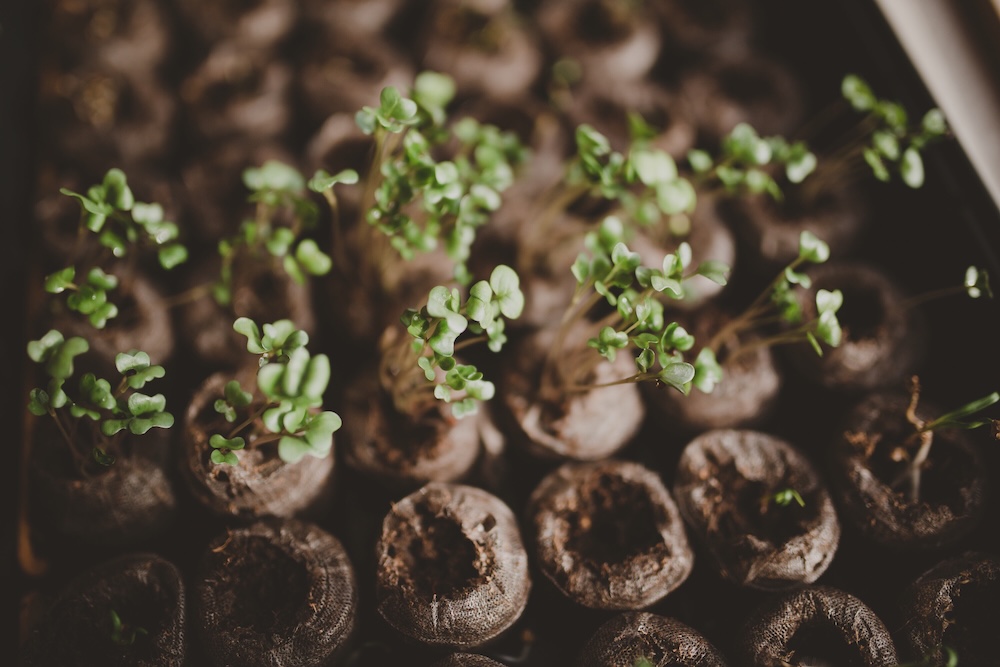If sustainability is about doing less harm, regeneration is about doing more good. It’s not just about keeping things going — it’s about restoring what’s been lost, healing what’s been damaged, and building systems that come back stronger.
You’ve probably seen the word “regenerative” gaining traction in conversations about farming, climate action, business, even skincare. It’s bold. It’s powerful. And it’s often misunderstood.
So let’s clear it up: what does “regenerative” really mean in the context of sustainability, and why is it quickly becoming one of the most important words in the climate movement?
Regenerative, Defined
Regenerative means restoring, renewing, or revitalizing a system — not just maintaining it, but actively improving it.
In environmental terms, regenerative practices give back more than they take. They improve soil health, strengthen ecosystems, remove carbon from the atmosphere, and support biodiversity. They’re built on the belief that nature can recover — if we get out of the way (and better yet, help it along).
It’s the opposite of extractive. Instead of squeezing every drop from the Earth and then moving on, regeneration is about nourishing the very systems we depend on.
Why It Matters (and Why It’s Different from Sustainability)
Sustainability is important — don’t get us wrong. But it’s often focused on minimizing damage. Using fewer resources. Creating less waste. Emitting less carbon. That’s great. But it’s also reactive.
Regeneration is proactive.
It says: let’s not just slow the harm. Let’s heal the land, revive the soil, replenish forests, and rethink our systems so they contribute to the Earth’s health, not just reduce harm.
Here’s an example:
- A sustainable farm might rotate crops and use fewer pesticides.
- A regenerative farm goes further — planting cover crops, building soil biodiversity, sequestering carbon, improving water retention, and sometimes even rewilding surrounding land.
In short: Sustainable = Do less harm. Regenerative = Do more good.
What Regenerative Doesn’t Mean
Because the word feels positive and forward-thinking, it’s started to appear on more product labels, mission statements, and Instagram captions. But just like “green” or “eco-friendly,” it’s not immune to misuse.
“Regenerative” doesn’t automatically mean:
- Certified or regulated
- Free from environmental harm
- Ethical or fair for workers
- Scalable or science-backed
Without context, it’s just a word. So if a product claims to be regenerative, ask how. What practices are in place? What systems are being restored? What evidence is there that it’s creating more good than harm?
Where Regenerative Is Being Applied
Here are some of the areas where regenerative ideas are already making an impact:
🥬 Agriculture
Regenerative agriculture focuses on rebuilding soil health through practices like no-till farming, composting, polyculture planting, and natural grazing systems. The result? Soil that holds water better, captures carbon, and supports healthier food production.
🏭 Business
Some forward-thinking businesses are aiming to create “regenerative value” — models that improve local communities, restore ecosystems, and give back to nature, not just minimize harm.
🧴 Skincare & Fashion
Regenerative materials — like responsibly harvested seaweed, regenerative cotton, or wool from farms using soil-rebuilding methods — are starting to appear in personal care and fashion. But be cautious: some of this is still greenwashing until proven.
🌍 Climate Strategy
Regenerative thinking informs reforestation efforts, carbon farming, and ecosystem repair — strategies that don’t just offset emissions, but actively rebuild the systems that regulate Earth’s climate.
What Makes a Practice Regenerative?
Here are a few signs you’re looking at something truly regenerative:
- It improves the health of soil, water, air, or biodiversity
- It strengthens rather than depletes the system it operates in
- It supports natural cycles instead of disrupting them
- It works long-term, not just as a short-term fix
- It has measurable, restorative outcomes
A regenerative system isn’t just efficient. It’s life-giving.
Why Regeneration Feels Hopeful
The climate conversation can get heavy. Sustainability can feel like a race against time — how much can we reduce before it’s too late?
But regeneration offers something more: possibility.
It says we’re not powerless. That nature is resilient. That we can participate in cycles of healing, not just damage control.
It’s not just about treading lightly. It’s about planting seeds — sometimes literally — and helping something flourish.
Examples of Regenerative in Action
✅ Truly Regenerative:
- A farm that builds organic matter in its soil year after year
- A wetlands restoration project that reintroduces native species
- A company that invests profits into reforestation and ecosystem protection
- A community garden that uses compost, permaculture, and native planting
❌ Not Regenerative:
- A brand that calls itself “regenerative” for switching to recycled packaging
- A single-use product made with a regenerative ingredient but no systems-level change
- A carbon offset project that doesn’t monitor or verify its impact
- Anything that still depletes more than it gives back — even if it feels nice on the surface
Final Thoughts
“Regenerative” isn’t just another word for sustainable — it’s a challenge to do better. To not just slow our impact, but reverse it. To rethink our role from consumers and minimizers to participants in repair.
If sustainability is the floor, regeneration is the ceiling. And if more of us start living with a regenerative mindset — one that prioritizes restoration, reciprocity, and care — we just might build a future that feels a lot more alive.
So next time you hear the word “regenerative,” ask: What’s being restored?
If the answer is real, measurable, and meaningful — now you’re onto something.









Reader Interactions